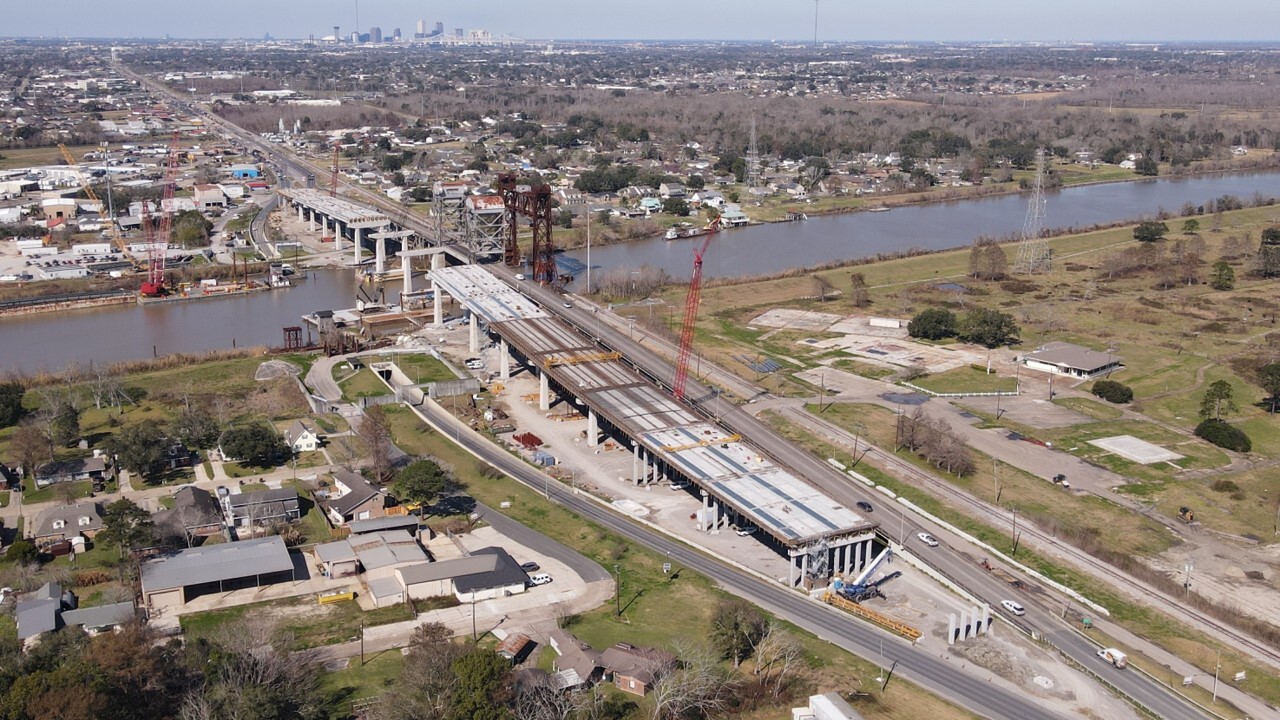BRADENTON, Fla. - Municipalities that backed failed or struggling economic development projects could face budget pressures that result in downgrades, according to Moody's Investors Service.
"Local governments with strong credit fundamentals can suffer when forced to assume the risks associated with third-party economic development ventures," Moody's analysts said in a Sept. 21 commentary.
While such outcomes are rare, the agency downgraded three issuers this year that sold or guaranteed bonds to foster projects that failed to live up to projections.
As its most recent example, Moody's cited Port St. Lucie, Fla., where failed and faltering ventures compose 65% of the conduit, lease, and special assessment debt backed by the city's non-ad valorem pledge.
The need to support the debt led to operating deficits and served as a driving factor in Moody's June 11 downgrade of Port St. Lucie's general obligation bond rating to A1 from Aa3 and the assignment of a negative outlook, analysts said.
Between 2005 and 2010, the city issued special assessment and lease revenue debt with the hope of creating a bio-tech development "cluster." The city put its credit behind the projects by agreeing to budget and appropriate for any deficiencies in the debt service reserves.
Port St. Lucie issued revenue bonds for The Vaccine & Gene Therapy Institute of Florida in 2010, loaning the proceeds to VGTI to build a research facility.
The city covenanted to cure any debt service reserve fund deficiency. About $61.9 million of bonds were outstanding as of Sept. 30, 2014.
In May, the institute defaulted on a mortgage payment resulting in an unscheduled draw on debt service reserves. VGTI announced recently that it plans to close by Oct. 1.
Port St. Lucie filed a lawsuit in an attempt to enforce VGTI's commitments. The city also requested that the judge appoint a receiver to safeguard the property.
The city also financed a building for a special-effects production studio that later went bankrupt.
"The city benefits from other credit factors that have buoyed the rating, such as a now-growing tax base, considerable tax rate flexibility, and still-healthy liquidity levels," analysts said.
On June 2, Moody's dropped Steele County, Minn.'s GO rating four notches to A3 from Aa2 and its healthcare bond revenue rating to Baa2 from A2 citing the fiscal strain of enterprise systems and a senior living facility.
"Steele County is involved in a variety of underperforming enterprise projects, including a multi-purpose ice arena and a landfill," Moody's wrote.
The county has supported arena operations, creating a large general fund receivable because the facility is not yet self-supporting.
In addition, the professional management agency for a senior living facility defaulted on its promissory notes in March, triggering a $1 million guaranty to bondholders from the county's pledged investments. In June, the county board refused to extend funds for the facility.
Bristol, Va., saw its GO rating drop to Baa2 from A3 in March due to its decision to double its debt to pay for infrastructure costs to attract a development of regional impact, exposing itself to both economic and construction risk, Moody's said.
The decision to support a 140-acre retail tourism destination known as The Falls raised the city's debt burden to 9.8% in fiscal 2014 from 5.2% in 2012. The $290 million project is being built through a public-private agreement.
"The decision to back the project and assume the additional debt burden resulted in a significant reduction in financial flexibility," Moody's said. "Based on current projections, the city is not expected to benefit financially from phase one of The Falls development until fiscal 2030 as all sales and other local tax revenues are allocated for debt service," analysts said. "Therefore, the city is dependent on tax base growth in phases two and three of the project to support increasing debt service costs."





